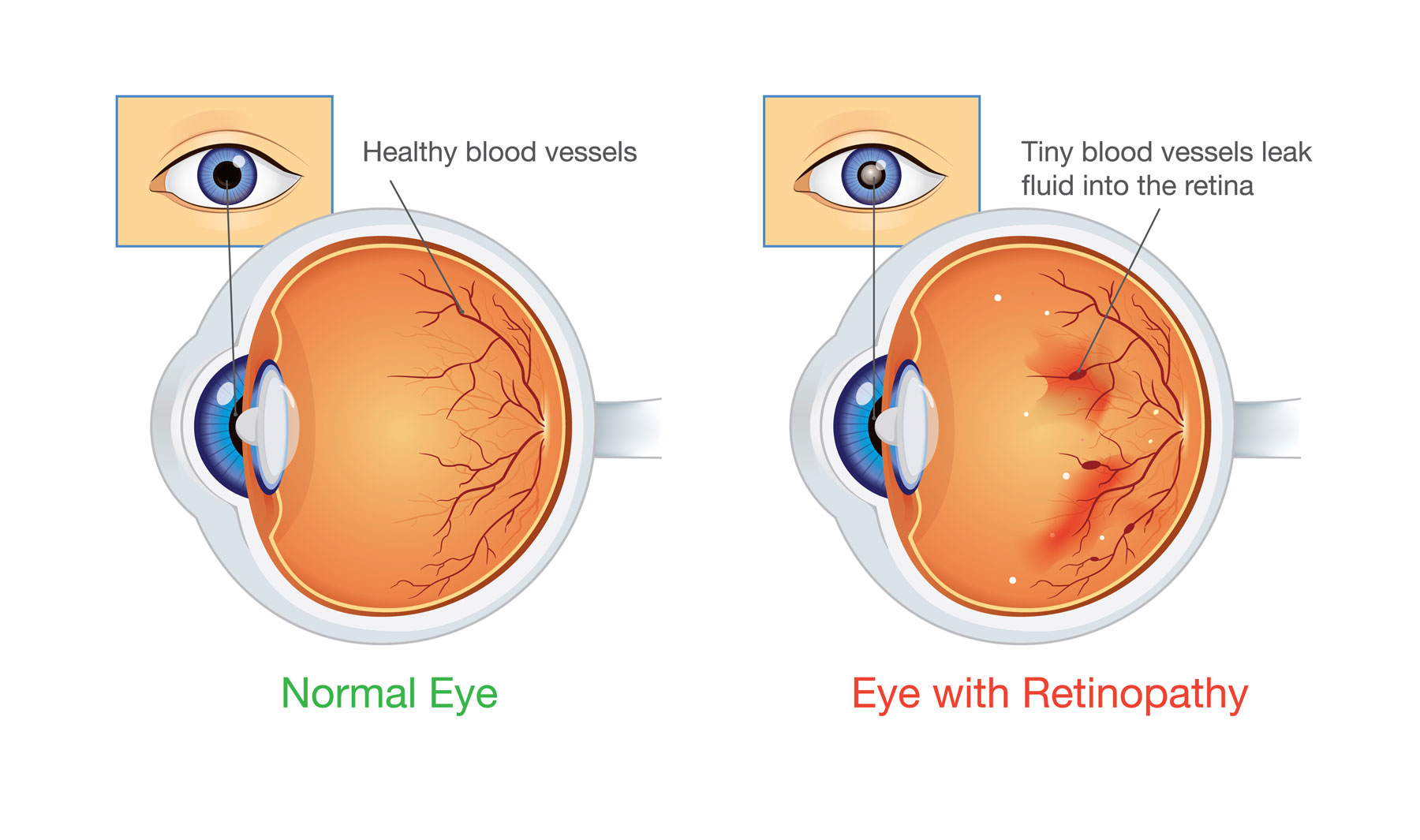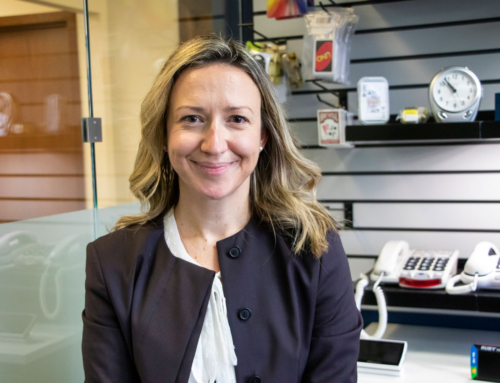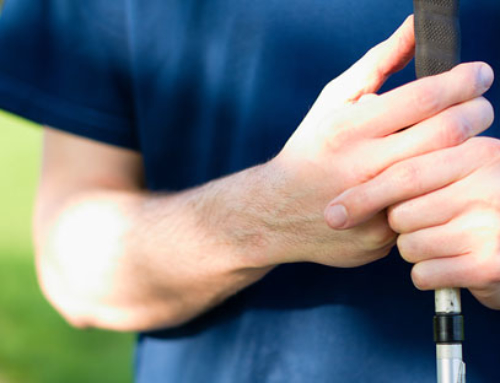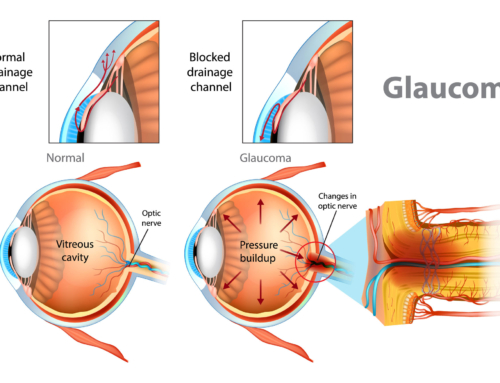Diabetic retinopathy is a complication of diabetes caused by damage to the small blood vessels that provide nourishment to the retina. It is the leading cause of blindness and vision loss in working age adults.
Diabetic retinopathy has 4 stages
- Mild non-proliferative retinopathy:
The earliest stage of diabetic retinopathy, this is characterized by balloon-like swelling of the blood vessels in the retina, called ‘microaneurisms’. There may be no symptoms during this stage. - Moderate non-proliferative retinopathy:
During this stage, the blood vessels in the retina swell and may become blocked. This increases the chances of developing macular edema, a build up of fluid around the macula region of the retina, causing loss of central vision. - Severe non-proliferative retinopathy:
At this stage an increasing number of blood vessels become blocked, causing the retina to send signals to the brain to create new blood vessels. - Proliferative retinopathy:
The final, and most severe form of diabetic retinopathy. New blood vessels are formed, they grow inside the retina and into the vitreous gel, the fluid which fills the eye and gives it its shape. The walls of these vessels are fragile and begin to leak and bleed. Scar tissue then forms and can cause a retinal detachment, which is a pulling away of the retina from the tissue beneath it. This final stage of diabetic retinopathy can result in severe vision impairment and blindness.
Symptoms
In its early stages, diabetic retinopathy often has no symptoms, until the damage to the eyes is severe. At that point, symptoms may include:
- Blurred vision, fluctuating even at different times of the day
- Floaters
- Shadows
- Missing areas of vision
- Difficulty seeing at night
Those with diabetes are advised to schedule regular, dilated comprehensive eye exams to monitor the disease with their eye care provider.
Risk Factors
- Duration of Diabetes
- Poor blood sugar control
- Pregnancy
- Lack of exercise
- Over the age of 45
- High cholesterol
- High blood pressure
- Ethnicity (African Americans)
Prevention & Self Care
A person living with diabetes can lower their risk of developing diabetic retinopathy by:
- Getting regular dilated eye exam
- Maintaining consistent, healthy blood sugar levels
- Healthy Living: nutritious diet, exercise and avoiding smoking
- Keeping blood pressure and cholesterol levels under control
If severe vision loss does occur, vision rehabilitation may be helpful.
For more information on living with vision loss check out Lighthouse Low Vision Services >>
We’re Leaders in Blind Employment – View Our Open Positions and Apply Today!
The Lighthouse for the Blind, Inc. transforms the lives of people who are blind, Deafblind, and blind with other disabilities. We are leaders in blind employment. Through employment opportunities, we are a catalyst for empowerment. We foster self-confidence and instill a life changing affirmation that independence is possible. From our expertise in cutting-edge technology to our understanding of mobility, we help people who are blind, Deafblind, and blind with other disabilities live fulfilling lives.






